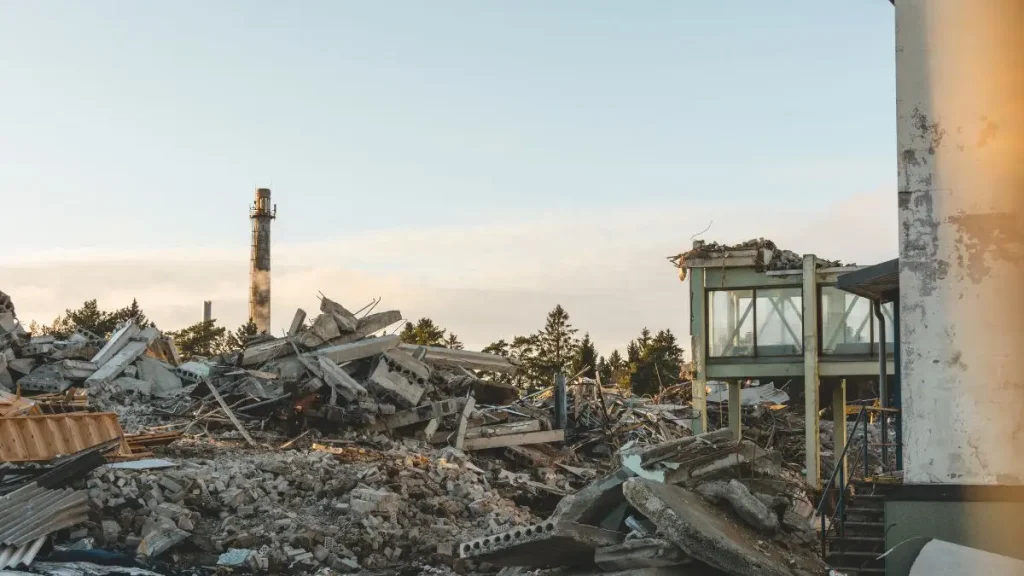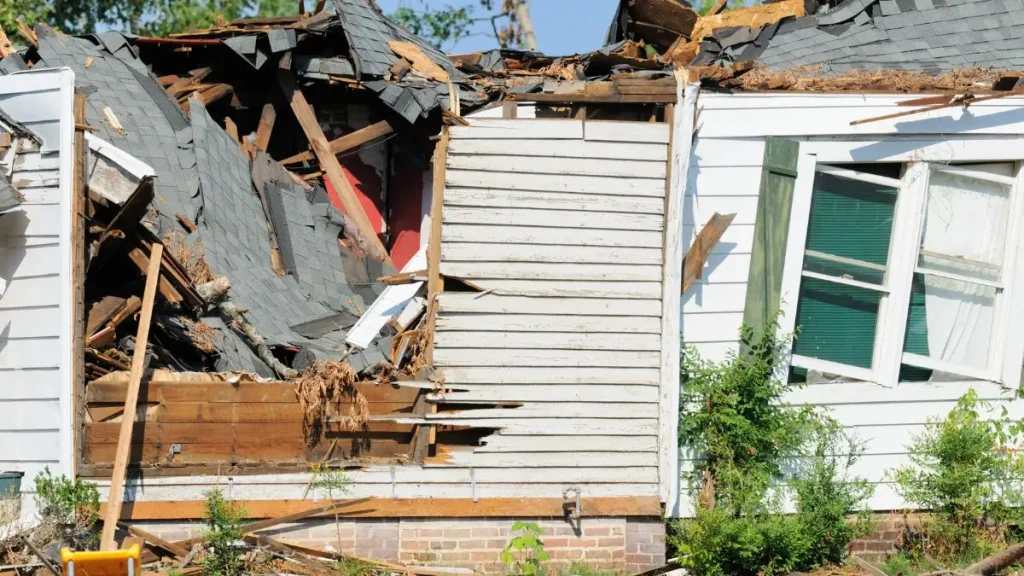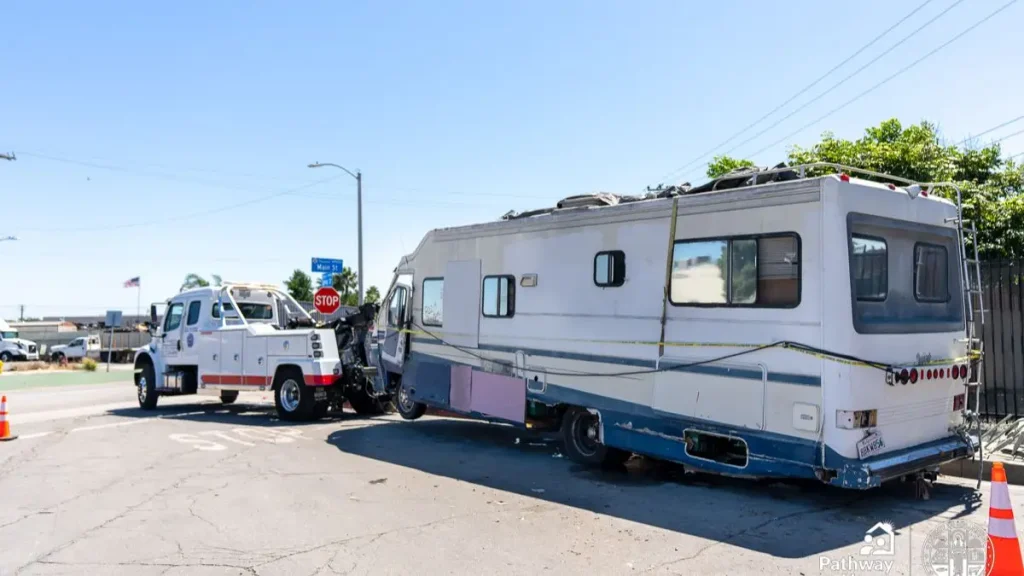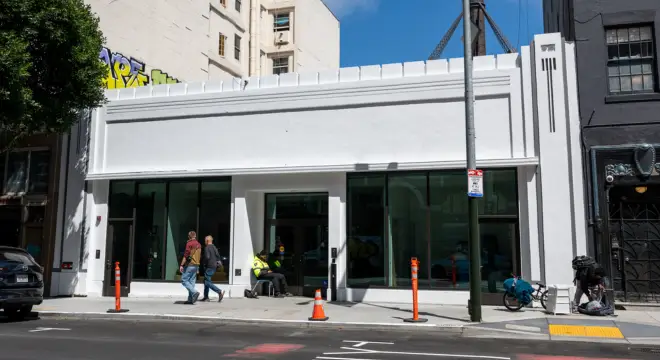Over 10 Homes Damaged in Winston Salem After Microburst Snaps Trees
I live in North Carolina, and storms aren’t anything new. But what hit Winston-Salem on July 12 wasn’t just another thunderstorm—it was fast, loud, and it turned a normal evening into a scramble for safety.
Around 5:15 p.m., what the National Weather Service called a “wet microburst” tore through part of the city. These are violent, short bursts of wind—straight-line gusts that can feel like a punch to the neighborhood. And this one packed winds around 60 miles per hour, enough to snap massive trees like twigs and toss them into homes.
Local fire crews and neighbors say the whole thing lasted just minutes. That’s all it took to damage more than 10 homes and leave dozens of people without shelter. If you’ve ever heard the sound of a giant tree cracking in half and landing on a roof, you know it’s not something you forget.
And if you’re thinking, “Was it a tornado?”—no, it wasn’t. This was something different. More sudden. Less predictable. And just as dangerous.
10+ Homes Damaged, Families Displaced on Champion Blvd
I couldn’t believe the images coming out of Champion Boulevard—the 3000 block looked like something out of a disaster film. At least 10 homes were hit hard, some with trees completely collapsed into their roofs. According to WFMY News 2, around 20 to 30 people were forced to evacuate their homes.
You can only imagine what it’s like to step outside your house and see a massive oak tree lying across your living room or a power pole dangling near your driveway. For some families, the storm didn’t just damage their property—it ripped away their sense of security.
If you live nearby, this is a wake-up call. One strong gust, one fallen tree—and life can shift in seconds. I’d suggest walking around your property today. Look up. Are there aging trees near your house? Don’t wait for nature to decide.
Power Cut Along John Gold Expressway—What You Should Know

Right after the storm, the lights went out for hundreds. I followed the updates from Duke Energy, and it was clear this wasn’t just a flicker—more than 900 homes were in the dark at one point, especially along the John Gold Memorial Expressway corridor.
If you were one of them, you know how stressful those hours can be. No AC. No fridge. And worse—no way to charge your phone to stay updated. I always keep a backup power bank and a flashlight handy for moments like this, and if you don’t have one yet, now’s the time.
You can track power outages live using the Duke Energy outage map. Trust me, during weather like this, it’s your lifeline.
Also, one critical tip: never go near a downed power line. Treat every one as if it’s live. You’d be surprised how many people don’t take that seriously until it’s too late.
And in some cases, power outages during severe weather can lead to more than just darkness—like the recent Iowa home fire that started during a storm investigation.
What Is a Microburst, and Why It’s So Dangerous?
When I first heard “wet microburst,” I thought—isn’t that just a fancy term for heavy rain? But I was wrong. According to WXII12, what hit Winston-Salem wasn’t just rain—it was a high-velocity burst of wind that slammed down and outward like a bomb of air.
Unlike tornadoes, which twist and swirl, microbursts drop straight down and flatten everything outward, often in just a few minutes. That’s why they’re so dangerous—you don’t see a funnel cloud coming. You just suddenly hear that terrifying WHAM.
You might think you’re safe because your area isn’t prone to tornadoes. But microbursts don’t follow tornado rules—they’re silent and fast. I recommend downloading a severe weather app and setting up alerts for your area. You can’t fight a microburst, but you can get a few seconds’ warning to move to a safe spot.
Have you ever experienced a sudden weather event like this? Drop your story in the comments—your insight could help someone prepare better.
Roads Blocked, Travel Disrupted—These Areas Were Hit
After the storm, I took a drive around, and it felt like a maze. Streets like Tise Avenue, Ontario Street, Ogburn Avenue, and Akron Drive were filled with debris, fallen trees, and utility workers trying to clean up. In some areas, you literally couldn’t get through.
Some roads were temporarily closed while emergency crews worked to remove trees leaning dangerously over power lines and homes. It took hours, and in some places, the cleanup’s still ongoing.
If you live in Winston-Salem or commute through these areas, you need to know alternate routes. And even more importantly—don’t go sightseeing. Storm zones aren’t photo ops. Every blocked road is also someone’s emergency response route.
If you’re unsure about road safety, check the City of Winston-Salem’s official traffic updates before stepping out. Trust me, it’ll save you time, gas, and frustration.
I’ve learned that prevention always beats reaction—just ask the California homeowner who lost everything in the Palisades fire but turned her loss into valuable advice.
What You Should Do If a Tree Damages Your Home?

I’ve seen this happen before—one bad storm, and suddenly your roof’s caved in or your porch is buried under branches. If you’re in that boat right now, I want to walk you through the first steps you should take—because time matters.
Here’s what I’d do immediately:
- Take photos of the damage from all angles. This will help with insurance later.
- Call your insurance provider ASAP. Many policies cover “act of God” storm damage, but only if you report it quickly.
- Don’t start repairs until the insurance adjuster visits—except emergency fixes (like tarping your roof).
- If someone else’s tree fell on your property, your insurer usually still covers it. (Surprising, right?)
- Call a licensed arborist to assess any other trees at risk of falling next.
And if you’re currently displaced like many residents near Champion Blvd, don’t wait—contact the Red Cross. They’ve already started helping affected families in Winston-Salem.
I’ve seen similar storms destroy homes without warning—just like what happened when lightning sparked a fire that leveled a home in Apopka.
How the Community Stepped Up After the Storm?
You always hope the best in people comes out during crisis—and this time, it did. I saw neighbors helping each other lift branches, offering food, and even opening up their homes for those who had nowhere to go.
The American Red Cross arrived quickly to assist displaced families, providing emergency shelter and support. If you’re someone who needs help—or wants to help—this is where I’d start.
I also noticed community WhatsApp groups buzzing with updates, photos, and volunteers offering chainsaws, clean-up gear, even rides for seniors. If you want to stay updated with these kinds of ground-level alerts, there are a few public safety WhatsApp channels floating around—you might want to join one.
And don’t underestimate the power of social platforms like Facebook community groups—they’re often faster than official news when it comes to local aid. That’s how I found out about a woman down the street who needed help getting a tarp on her roof before the next rainfall.
Want to Avoid Storm Damage Next Time? Start With These Fixes
Look, storms like this aren’t going anywhere. So if you own a home in North Carolina—especially in tree-heavy neighborhoods like Winston-Salem—it’s time to think ahead.
Here’s what I’ve personally done since a tree nearly crushed my car during a similar storm:
- Hire a certified arborist once a year to inspect trees close to your home.
- Trim weak branches in late winter/early spring—they’re more likely to snap in storms.
- Install smart weather alerts. Alexa saved a family’s life this time—it warned them before the winds hit.
- Secure loose outdoor items—furniture, grills, trash bins can all turn into projectiles.
- Check your roof + gutters for weak spots. One bad storm + poor drainage = disaster.
The truth is, most of us wait until after something goes wrong. But prevention? It’s cheaper. Safer. And smarter. You don’t need to fear every storm if your home is ready for it.
Final Thoughts
I’ve seen how fast a normal day can turn into a crisis. For families in Winston-Salem, this storm was a harsh reminder that nature doesn’t give warnings—it just hits. But now that you’ve seen the damage it can do, you’ve also got the chance to be better prepared.
So take this as more than just news—treat it as a push to protect your home, your family, and your peace of mind. Because storms may come and go, but the way you prepare today can make all the difference tomorrow.
Want more real stories of how families dealt with home disasters and recovered? Explore more on Build Like New—your go-to hub for home safety, preparedness, and inspiration.
Disclaimer: The information in this article is based on news reports. Details may evolve as cleanup and assessments continue in Winston-Salem. For the latest updates, please refer to local authorities or verified emergency alerts.


